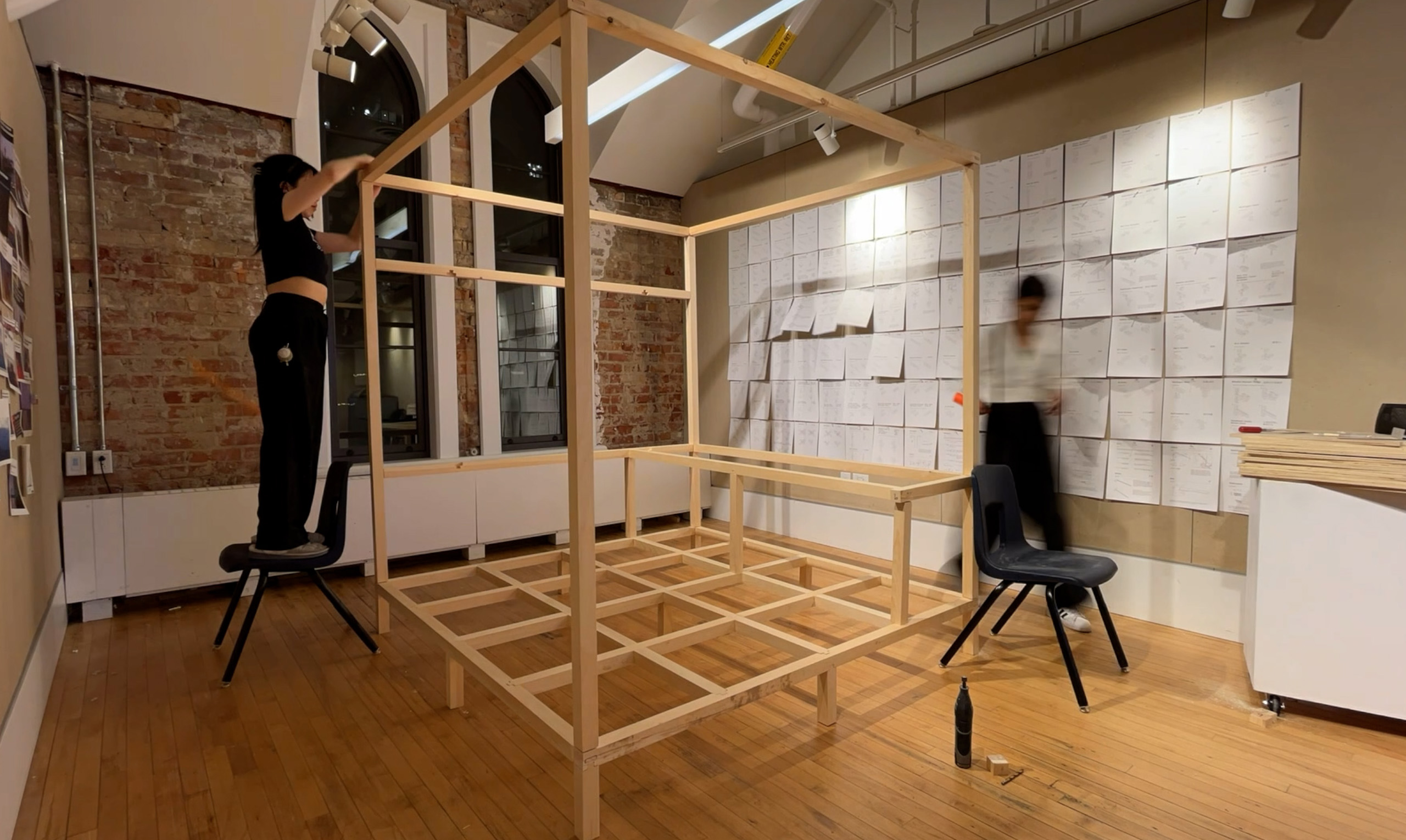Renowned for their history of woodcraft and materials knowledge, Japan has continuously refined intricate wood joinery techniques, constituting the cornerstone of the nation’s architectural heritage. By comprehending the success of centuries-old woodworking techniques, without the need for nails or screws, this research aims to rediscover the value of traditional Japanese joinery through the lens of digital fabrication. Although the complexity of Japanese wood joinery poses technical challenges given the limits of technology and machinery, this thesis explores the adaptation of handcrafted artistry to digital fabrication technologies and embraces a new method of wood joinery for use in building construction.
While working towards fabricating a 1:1 scale contemporary teahouse, the thesis investigates the integration of traditional Japanese joinery with digital fabrication techniques through the physical and computational construction of prototypes and scaled models. Both the physical and digital prototypes of wooden joinery demonstrate the feasibility of CNC machinery for enhancing the artistry of traditional craftsmanship while maintaining the essence of Japanese joinery. When using the CNC machine, specifically the 4-axis, to create the prototypes, this exploration considers the complexities of adhering to an offset that would create a tight-fitting joint when compared to traditional woodworking tools. The continuous rigorous testing of various joinery typologies helps to understand the traditional technique in a three-dimensional space.
Simultaneously, the thesis transcends from its origins as a highly-skilled craft through the lens of digital fabrication. This fascinated exploration aims to translate the intricate relationships between the joints and their tools through production using the CNC machine. The exploration of using digital fabrication methods, specifically CNC machinery, alters the physical forms of the originally handcrafted wood joinery. This digital method intertwines the aspects of computational design with CNC machinery, introducing a new complexity to Japanese wood joinery while integrating simplistic elements of its traditional ancestry.


